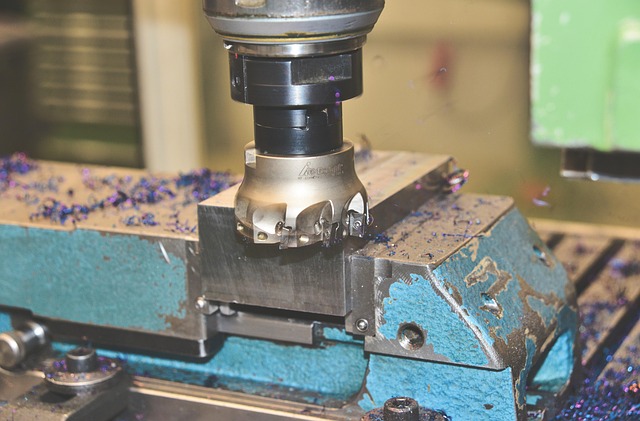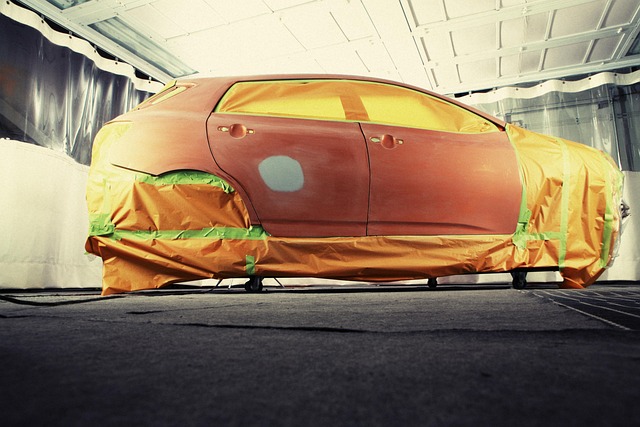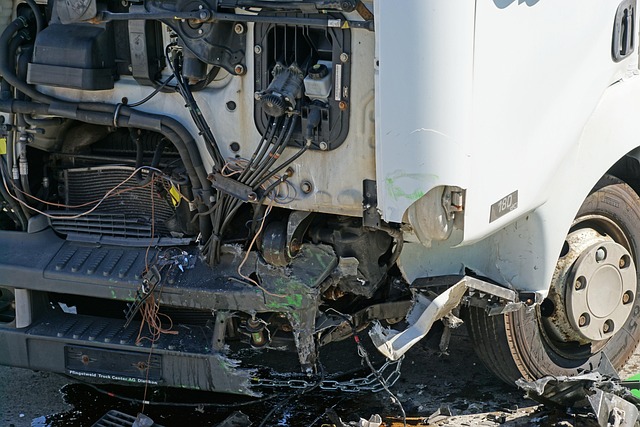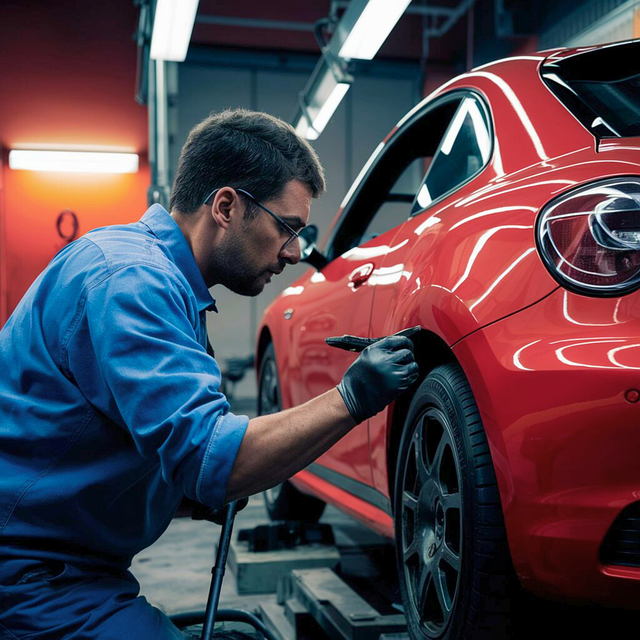Composite material replacement is a specialized yet crucial process in automotive restoration, offering precision, strength, and lightweight benefits over traditional metal repairs. When repairing damaged panels or frames in modern vehicles like Mercedes Benz, choosing the right composite material (e.g., fiberglass, carbon fiber, kevlar) based on aesthetic appeal, structural integrity, auto painting, and tire services is essential. The detailed process involves assessing damage, preparing the area, applying resin and hardener, layering fiber reinforcement, curing the composite, and finishing for a seamless restoration suitable for auto collision centers.
In today’s world, composite materials are revolutionizing panel and frame construction. However, damage can occur, necessitating effective replacement strategies. This article delves into the necessity of composite material replacement for panels and frames, exploring various types of suitable alternatives. We provide a step-by-step guide to ensure successful repair, catering to both professionals and folks looking to address this common issue. Understanding these methods is key to navigating damage, maintaining structural integrity, and enhancing longevity.
- Understanding Composite Material Replacement: Why It's Necessary for Panels and Frames
- Types of Composite Materials: Exploring Suitable Alternatives for Damage Repair
- Step-by-Step Guide to Effective Composite Material Replacement for Panels and Frames
Understanding Composite Material Replacement: Why It's Necessary for Panels and Frames

Composite material replacement is a specialized process that has become increasingly vital in the fields of automotive restoration and vehicle repair. Panels and frames, which are integral to a vehicle’s structure, can sustain damage over time due to various reasons such as accidents, weather conditions, or simple wear and tear. Traditional metal repairs often involve laborious processes and may not offer the same level of precision and strength as composite materials. This is where composite material replacement steps in as a game-changer.
The necessity for composite material replacement arises from the desire to restore vehicles to their original condition, ensuring both structural integrity and aesthetic appeal. Unlike metal, composite materials are lighter, offering improved fuel efficiency and better handling. In auto repair services, replacing damaged panels and frames with composites allows for faster and more efficient repairs, reducing downtime for vehicle owners. Moreover, composite material replacement techniques can effectively address issues like car scratch repair, providing a durable and seamless finish that blends seamlessly with the vehicle’s original parts, making it an ideal solution in vehicle repair.
Types of Composite Materials: Exploring Suitable Alternatives for Damage Repair

When it comes to composite material replacement for damaged panels and frames, understanding the variety of options available is key. Composite materials, known for their strength-to-weight ratio, are prevalent in modern automotive construction, particularly in high-end vehicles like Mercedes Benz models. For repair purposes, several types offer suitable alternatives: fiber glass, carbon fiber, and kevlar composites being among the most popular choices. Each has unique properties, with fiber glass offering excellent durability and affordability, carbon fiber renowned for its exceptional strength and lightweight nature, and kevlar known for superior impact resistance.
Choosing the right composite material depends on the specific repair needs and vehicle type. For instance, mercedes benz repair often requires precise replacement to maintain the car’s aesthetic appeal and structural integrity. Auto painting plays a crucial role in seamlessly integrating the new composite material into the existing panel, while tire services might be needed if damage extends to wheel components. Ultimately, selecting the appropriate composite alternative ensures not just effective repairs but also preserves the vehicle’s overall performance and value.
Step-by-Step Guide to Effective Composite Material Replacement for Panels and Frames

Replacing composite material on panels and frames is a meticulous process that requires precision and the right tools. Here’s a step-by-step guide to ensure effective composite material replacement, ideal for auto collision centers looking to restore vehicle bodywork to its original condition.
First, assess the extent of damage to the panel or frame. Identify any cracks, holes, or delaminations. Next, gather your materials: a suitable composite repair kit including resin, hardener, fiber reinforcements, and a clean surface preparation agent. Prepare the damaged area by removing any loose debris and applying the surface prep to ensure optimal adhesion. Cut the composite material to fit using specialized tools, then apply the resin and hardener according to the manufacturer’s instructions. Lay down the fiber reinforcement in layers, ensuring complete coverage of the repair area. Allow the composite to cure completely before sanding and finishing, resulting in a seamless restoration for both auto bodywork and panels.
Composite material replacement offers a sustainable and effective solution for repairing damaged panels and frames. By understanding the necessity of this approach and exploring the diverse types of composite materials available, you can efficiently restore structural integrity while minimizing waste. Following the step-by-step guide provided, you’ll be well-equipped to handle repairs, ensuring long-lasting results. Embrace this innovative method as a game-changer in panel and frame restoration, contributing to a greener future through responsible composite material replacement practices.













